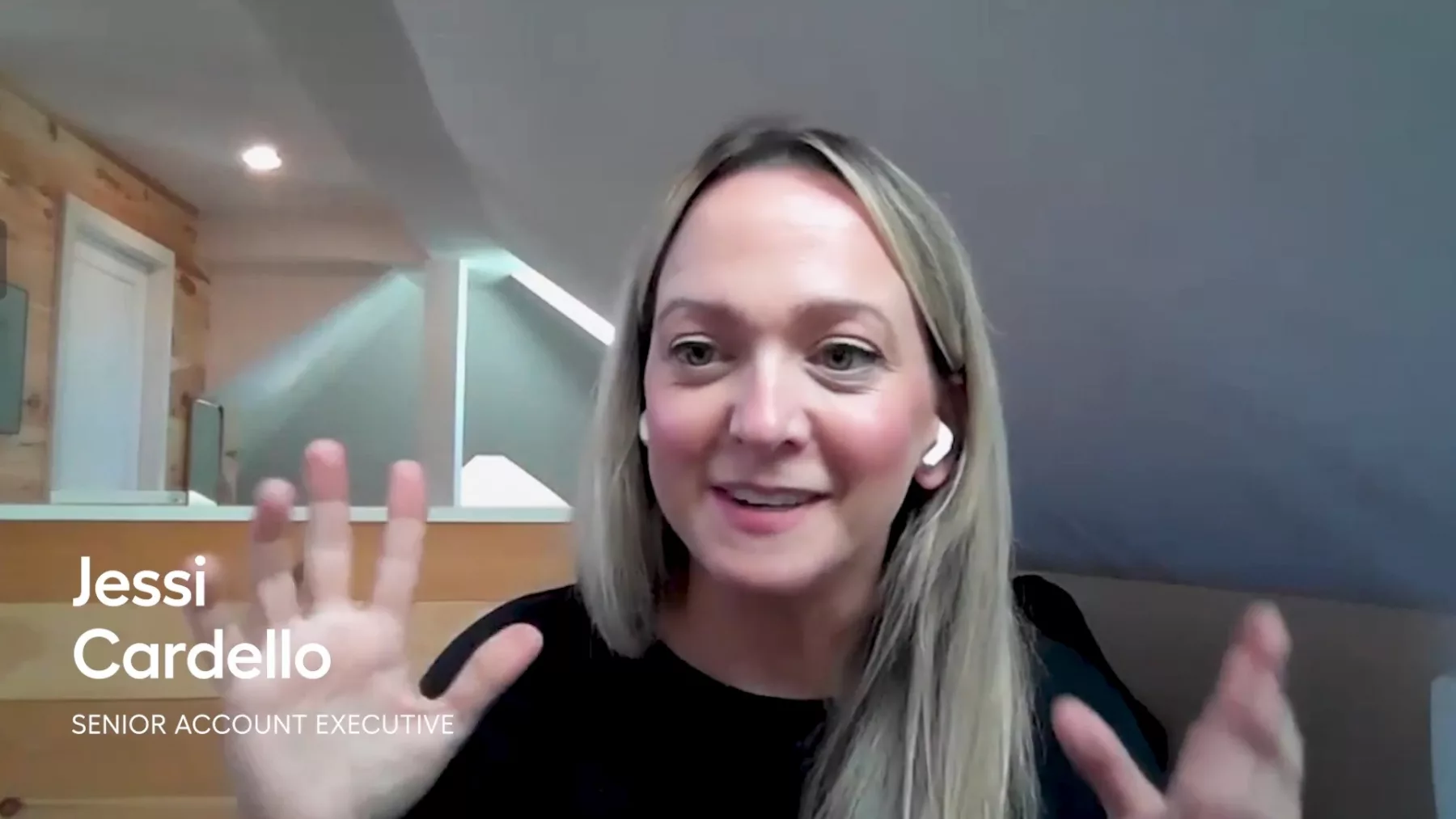
Scale patient engagement with AI-enabled tools
Population health and care management leaders have limited people resources and need ways to scale their care management and population health programs. A combination of high- and low- touch care management programs can support this need. AI-enabled segmentation and communications help care management teams deliver better care and focus on what matters most — their patients.
Patient engagement is stuck in the past
Efficient segmentation, targeting, and patient communications can be a challenge. Today's healthcare organizations struggle to engage patients in their health without the high-touch involvement of a care manager.
Adopt a modern approach to patient outreach
Use AI-driven algorithms and risk models to identify patient cohorts with care gaps. Drive improved patient engagement and revenue through more visits, more closed care gaps, and improved retention/attribution of members in VBC contracts.

Automate patient outreach and engagement
Utilize AI-enabled audience segmentation algorithms and insights from Arcadia’s comprehensive, longitudinal patient data to efficiently target and automate patient communication. Enable your organization to scale care management, population health, and care gap closure programs.
Care Management
Reduce healthcare risk and cost with data-driven care management
Patient Engagement
Empower care management teams with tools to identify care gaps and automate patient outreach
Patient Stratification
Quickly build cohorts, stratify patients, and close more gaps
Challenges in Healthcare Today: Strategies to improve outcomes in uncertain times
Staff shortages, physician burnout, financial strain — 2022 has been full of uncertainty, but organizations who tackle these key challenges in healthcare will succeed.
Patient engagement resources for modern healthcare organizations
Let’s improve patient engagement together
Get in touch to see how Arcadia automates patient engagement.

